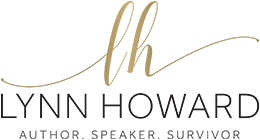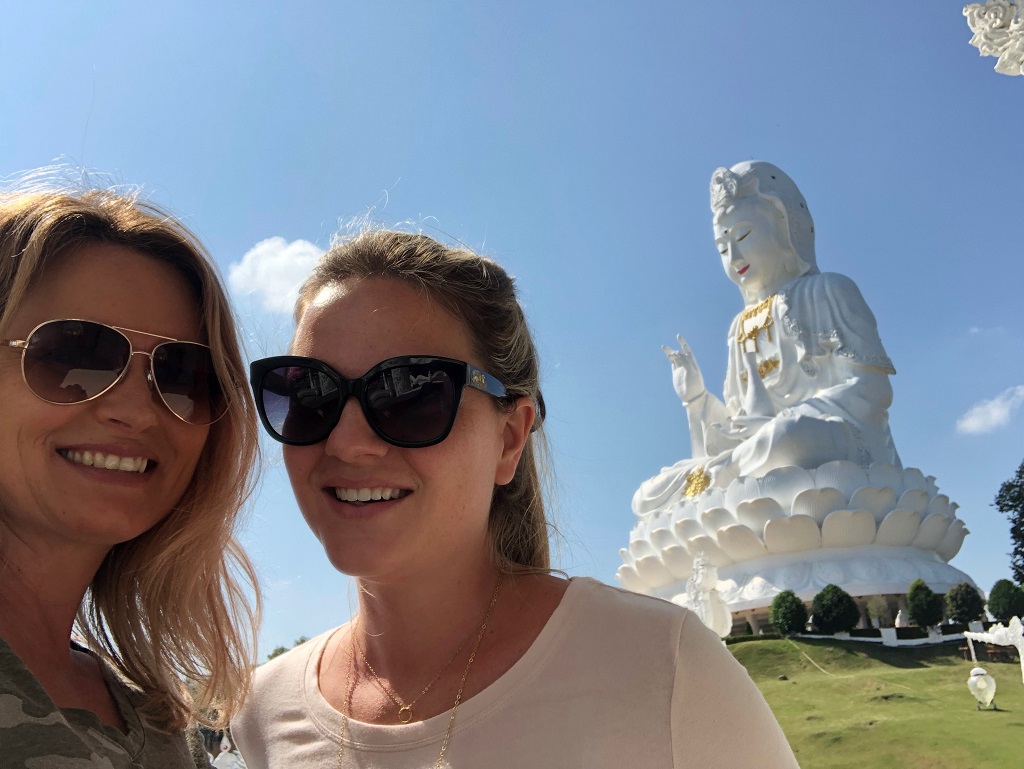“There are many things that seem impossible only so long as one does not attempt them.” ― André Gide
In my first blog on becoming a digital nomad, I focused on the art of letting go so I could become fully mobile. Now, several months deep into being a nomad, it’s the logistics – the little things that put me to the test. Many of my clients and friends want to know, how, exactly, am I operating without a home base as a business owner, a business coach and COO of a global franchise?
I will say it has been one heck of a learning experience so far! I have had to think on my feet and develop on the spot routines and systems to help me navigate the everyday stress from running a business, not to mention simply being human in a foreign environment. In new, uncharted territory, your emotional response system and personal “buttons” can be on high alert. I’m still adjusting to this new lifestyle and learning more every day. With this being said, here are a few areas that have been testing me and providing some valuable lessons.
- Packing
- Finding spaces to work
- Work/play balance
- Scheduling (time zones!)
- Communication
- Money
- Visas
Packing
I am learning the true meaning of traveling light living out of a suitcase. When you’re traveling between drastically different climates and environments (casual versus business attire) as I did from Europe to Southeast Asia, it’s a challenge. Most nomads would move slowly, gradually shedding or gaining appropriate wardrobe items as they make their way through different areas of the globe. For me, I didn’t have this luxury, as I had to be in Europe for a global meeting, training and more which required professional attire, in the fall.
I found that there are services that will ship a bag internationally door to door. I used the company My Baggage. Shipping one of my bags saved me from having to lug a giant suitcase stuffed with cold-weather business attire and pay A LOT of baggage fees as I hopped from Switzerland, Italy, Thailand, Vietnam, back to Thailand, India, and back to Thailand (yes for the third time). By the way, just the trip from where I was in Switzerland, to get to the airport, I had to take a bus and multiple trains, this headache saved was worth it alone! Note to self – I might use this service to send a bag to Europe before I arrive next time.
As far as packing, separating small items that I use frequently like toiletries, medicines, and other things into small zipper pouches help me keep things together and easily locate them in my luggage. If I was in the same place for five days or longer, I would unpack my suitcases and hang everything up in the closet, everything had to be just right, perfectly folded and hung, everything had its place just like how I kept my home. This made me feel more organized and more at home wherever I was.
For my wardrobe in Southeast Asia, I was able to survive off of about 10 outfits, 2 workout sets, a pair of sneakers, a pair of flats, and 2 pairs of flip flops for several months. I overpacked a bit beyond this, but I learned my lesson with the things I didn’t use. My go-to outfit for travel is typically a dress, – less to think about and carry around! That’s one advantage women have over men when it comes to being a nomad. Staying in Airbnbs with laundry was a lifesaver. I highly recommend booking places with laundry, a kitchen, and wifi as a digital nomad.
Workspace
After much trial and error with working in coffee shops, I’ve found that booking an Airbnb with wifi and a small workspace is the key to sanity. I was able to find a great little Airbnb in Thailand’s Sukhumvit neighborhood for $40 night which included wifi, laundry, workout facility and was walking distance to the train station and markets. On Airbnb, you can search for listings that are specifically geared toward ‘work trips’ that usually have a small desk and a wifi connection. Another consideration is air conditioning if you have a hard time working in the heat.
Harmony with Time
Being in a foreign country surrounded by new sights, smells, and tastes can be overwhelming. Wherever I am, I want to explore, see everything, and do everything. Trying to have harmony with work and with my free playtime has been a learning experience. I want to make sure that I give myself the time to ‘play’ and explore, otherwise, if I’m just cooped up working all day, what is the point of being a digital nomad?
Every person is different. For me, I can get up at the butt crack of dawn and work. Typically, I front load my days with work in the early morning, from 3 am to around 10 am. Then the afternoons are mine to have fun and experience the place where I am staying. If I need it, I can take a cat nap and then get back up to enjoy the rest of the afternoon and evening(to be honest maybe this happened once, I really do not know the word relax;). On the weekends, time permitting, I can plan longer full-day excursions. Everyone’s work style and productivity times are unique. As a high ‘go-getter’, I like to rip off the band-aid and power through 7-10 hours of work, sometimes 14 hour days, you should see my google calendar, would make most cry.! This approach may not be a good fit for someone with a different personality style.
Scheduling
One thing that has been challenging, in particular, is scheduling sales calls with potential clients who are in far off time zones. I have to make sure the calls that are scheduled jive with the rest of my work agenda for the day. Sometimes, calls can be scheduled far out in advance, so I have to stay current with my calendar and check to make sure that as I move around, I’m aware of how the time is shifting.
The same goes for setting ‘check-in’ calls that I have every week with my Asentiv Global team. For example one of the staple calls are always at 6 am and 6 pm HST. So, no matter what time zone I happen to be in, I need to figure out how to make this work with my schedule. If you’re in a line of work like sales or coaching that requires a high volume of calls, you are going to have to become a true scheduling ninja as a digital nomad! Another thing that helps me is time blocking for sales calls. I set aside a chunk of time where I only focus on back to back sales calls, so my brain is “in the zone” and not having to shift back and forth between sales and other deep concentration work.
Communication
For coaching calls and sales calls, I use Zoom. For all other communication, I use my phone with an international plan and data, or wifi when available. This fall, I needed to be more accessible by phone than other digital nomads might because I was selling a business in Hawaii. In addition, as a Mom to three grown children and Grandma of three, I needed my kids to be able to reach me just in case. I purchased an international plan from AT&T for $60 a month which included unlimited phone and text plus and one gigabyte of data.
I am conservative with my data and didn’t endlessly post or scroll on social media. I made sure to connect to wifi whenever it was available. With this said, all countries are not created equal, some countries do monitor and control what you have access too. Vietnam was one of those countries where the cell service was almost nonexistent. In January, I will be traveling to Dubai for our Asentiv Global Conference. I am aware Dubai also has spotty and control coverage, so I have been adjusting or canceling previously scheduled calls ahead of time. There is nothing more frustrating than to be on a call when the coverage stinks!
Money
I recommend keeping some cash on hand from your own country and bringing a backup credit card. When I run out of cash, I use ATMs with my debit card, although not all ATMs would take my card and I did end up paying service fees. If your accommodations have a safe, I recommend keeping your passport or ID(some countries it is suggested you always have with, make sure you are aware) in it, with extra cash and a backup credit card rather than carrying everything with you. Another tip – make sure that your credit or debit cards aren’t set to expire while you are overseas like mine did! One more tip-There are credit cards that do not have foreign transaction fees, do your homework and save pennies where you can! There is still much to learn through experience in this area.
Visas
I learned the hard way to make sure I do the research about visa requirements in advance. I ended up having to pay for an expedited visa to enter India (even though I paid extra, they didn’t deliver it in the amount of time I paid for and there was little I could do but wait). If I would have planned further ahead, I wouldn’t have had to waste money. Being mindful of how long you are permitted to stay in a country that offers a free ‘tourist’ visa like Thailand is important too. As a US citizen, I was permitted to stay in Thailand for 30 days consecutively. I popped over to Vietnam to meet the requirements for length of stay.
And so much more to learn!
This has been an overview of some of the main learning experiences I’ve encountered on the road so far, however, I do plan to dive into each topic above in more depth as I continue to live the experiment. If there is a certain topic or question you’re interested to learn more about when it comes to being a digital nomad as a business owner, please get in touch! Follow my journey on Instagram @lynnhoward_digitalnomad.





